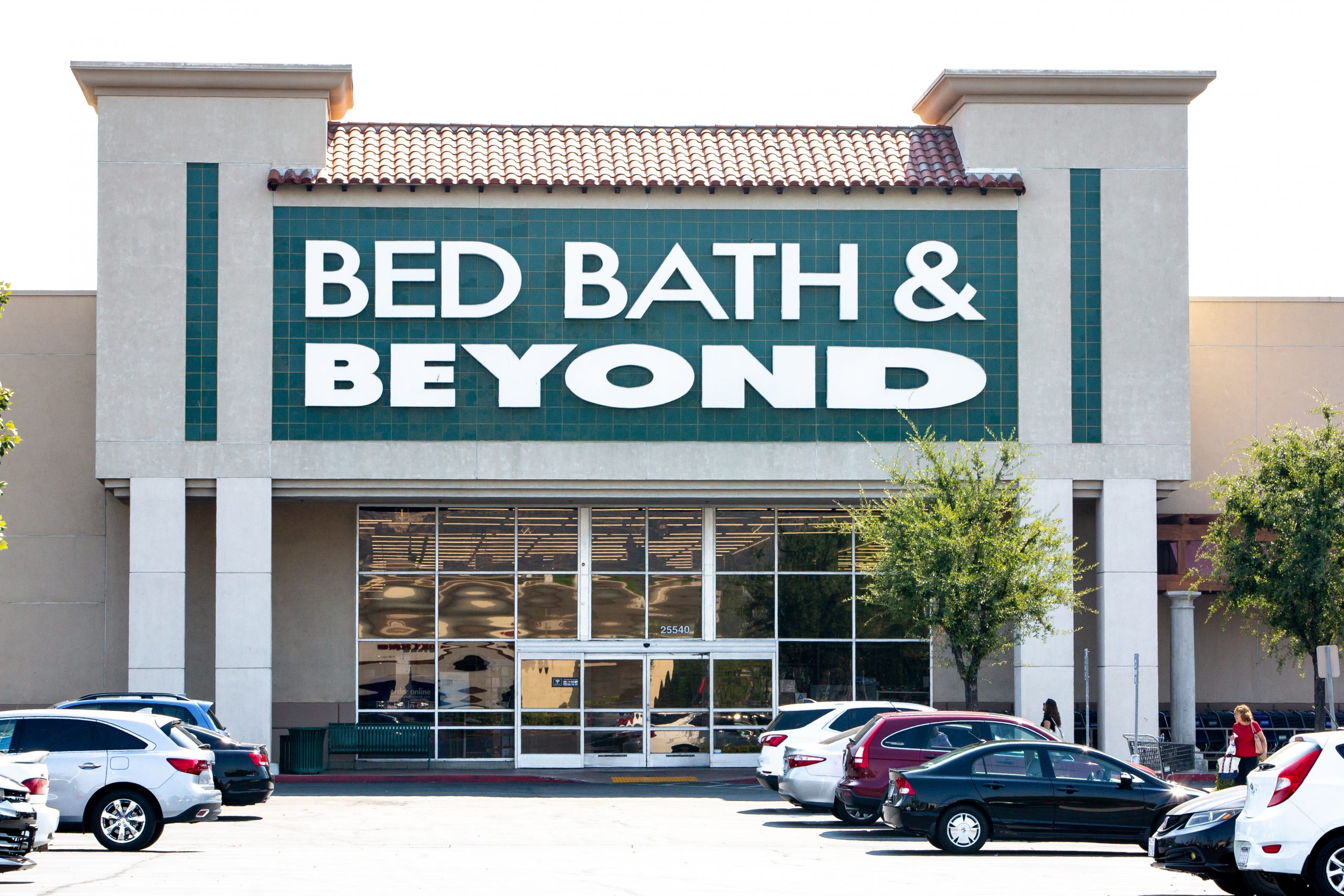The stock market loves its retail store darlings. Five Below (FIVE:NASDAQ), Target (TGT:Nasdaq), Lululemon (LULU:Nasdaq) all have experienced meteoric rises in the their stock prices over the last year. A retailer expanding its stores is typically awarded higher multiples as they rise. If same store sales exceed expectations, the stock moves.
Inevitably, the growth begins to plateau and the stock price normalizes. At this point, management expertise comes into play. What needs to be fixed? Technology? Pricing? Everything? That brings us to Bed, Bath and Beyond (BBBY:NASDAQ). Once a “category killer” , the retailer has fallen on hard times due to cluttered stores, lax management of promotions and general ineffectiveness. The company was started in 1971 and, over the years, grew to over 1500 stores in the U.S., Canada and Mexico. BBBY has several subsidiaries, such as the Christmas Tree Store.
The company is possibly best known for their “20% off”oversized coupons. In its history, the company has been successful in fending off competition from its traditional competitors, such as Linens-N-Things, which fell to bankruptcy in 2018. While successful at running competitors out of business that were probably going under anyway, the company fell victim to the online retailers and was slow to adapt to the online shopping preference of consumers. My own personal opinion of the stores is that they had stuff stacked up to the ceiling and had aisles that were difficult to navigate. The disorganized array of products made it feel more like an Odd-Lot than a home goods store.
Years ago, Best Buy (BBY:NASDAQ) faced the reality that they were little more than a showroom for Amazon. Customers would come to the store, check out what they wanted and then look it up on Amazon (AMZN:NASDAQ), often purchasing it right there in the Best Buy store. Best Buy figured out the challenges presented and, at a minimum, is rewarding investors for patience, unlike say, Circuit City.
BBBY sported a stock price of $80/share in 2010 and plunged to $10 in 2019. The company posted a loss of $137 million in the fiscal year ended March, 2019. Activist investors took control of five percent of the company and presented a blueprint for a turnaround, which included an overhaul of the Board of Directors (and their alleged nepotism) and the CEO, as well as a revamped online experience and the introduction of private label brands.
The executive offices of BBBY are now headed by the former Chief Merchandising Office from Target as CEO and a variety of other executives with retail success. A new vision has been set forth and the stock closed Friday at $16.35 , a 60 percent rise from the lows of 2019. That is a rise based just on optimism and now the company needs to execute. The company has introduced a $29/year membership that offers a 20% discount on every order, online as well as store, and free shipping. Exclusions apply, of course. The question now is what will happen to those 20% off coupons that clog mailboxes and help keep the U.S. Post Office relevant? I would think that it is fair to assume that there will be some changes there. One of the points of inefficiency raised by the activists was the practice of honoring coupons that have long expired. I don’t think that will happen much more.
The private label branding is an attempt to create items that can only be purchased at the retail stores. This defeats the practice of searching your Amazon app on your phone for a better price. You can only get it one place. De-cluttering the stores will make a big difference for customers that prefer not to have to wear hard hats to ensure a safe shopping experience. The online shopping experience has been clumsy with more steps needed to make a purchase that most sites.
The company recently completed a $250 million lease-back transaction with a private equity company. This essentially means that they sold the stores with the agreement that they continue to occupy them under leases. This will be the source of funds for the changes to come.
If the company will be turned around, it seems as though the people and ideas are in place to do it. The execution of the ideas remains to be seen. I’ll be rooting for them.
This article is meant to be for informational purposes. It is written from my personal opinion and from informational sources believed to be accurate. It is not meant to be investment advice, and should not be construed as such. I do not recommend buying or selling any of the stocks discussed. All investments bear risk and your on due diligence should be undertaken to determine which investments are most appropriate for you.

